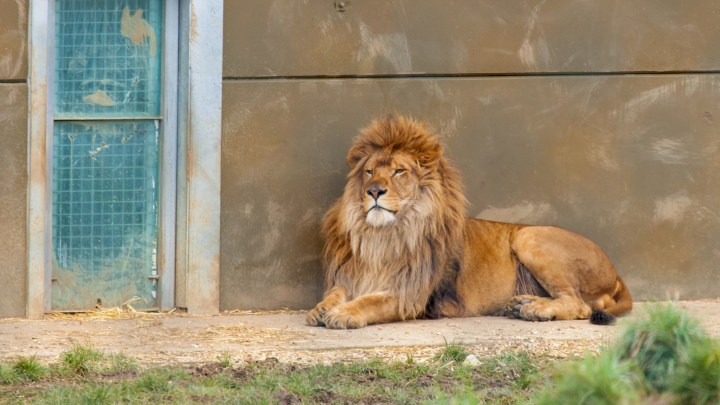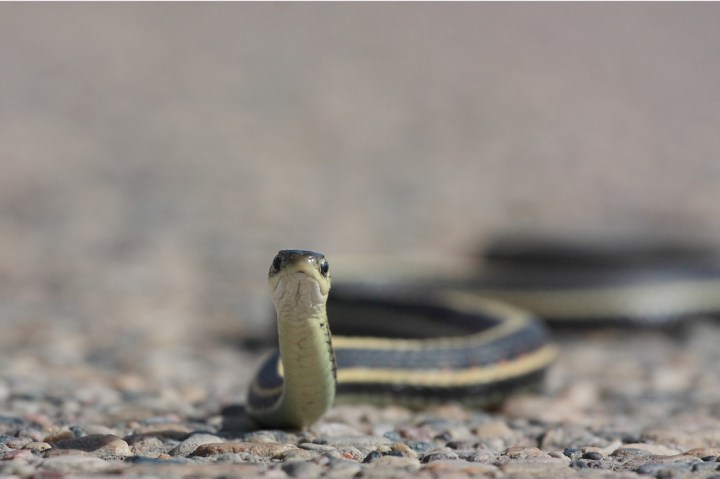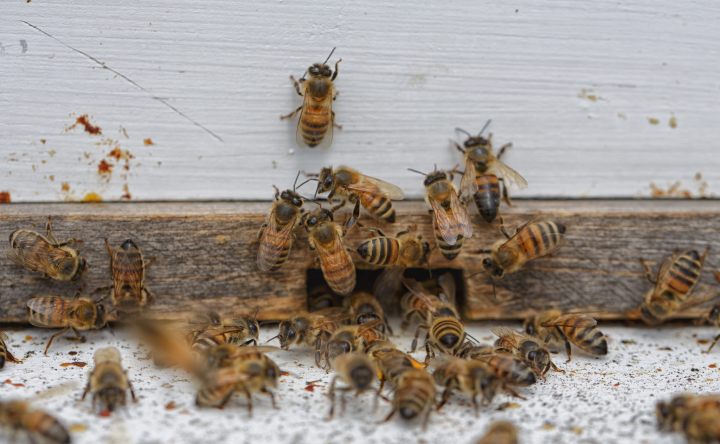The 10 Weirdest And Strangest Things That Have Ever Happened In Idaho
Idaho isn’t one of those attention-seeking, overly-dominant states (*cough* Texas…California… *cough*); we tend to like to keep to ourselves and enjoy our state’s bounty in peace and quiet. In fact, to the rest of the country, the mysterious “Potato State” is probably America’s most secretive locale; a place of mountains and valleys… and, you know, something vaguely Iowa-like. Maybe?
Of course, for those who live here, we know that Idaho is not at all midwestern or Iowan or Ohioan or anything in between. But for better or worse, there have been a few rare occasions when Idaho has made its fair share of unusual headlines… just not for the reasons you might expect.

In late 2015, the New York Times and just about every other major publication and news outlet in the country nabbed onto the Gem State's now-famous "goat problem." Like many of Idaho's rockiest, tallest mountains, Scotchman Peak in Northern Idaho is home to large numbers of mountain goats; and, in true wilderness fashion, these aren't your typical bouncing barnyard miniature goats. Nope! Mountain goats are quite huge - anywhere up to 300 pounds, with natural instincts that shouldn't be toyed with.
In September, it was reported that overly-handsy visitors were approaching and/or attempting to feed these wild animals, which prompted a number of attacks. In response, the U.S. Forest Service was forced to close the entire trail network. The temporary closure allowed time for the goats to find other sources of food, rather than expect handouts from humans. No food = no need to charge (so long as you keep your distance, that is).
As an added side note, the traditional mountain goat isn't a goat at all, by definition. It is officially called a "goat-antelope." The more you know.

When "Fearless Farris The Stinker" (Farris Lind) opened his first gas station at the age of 20 and offered prices well below the competition, he was instantly labeled a stinker - a name which stuck and led to his chain's name and memorable skunk logo. The witty, sarcastic, and oddball signs were a successful old-school marketing tactic in their day: Farris's stations quickly grew in popularity, although not as fast as his signs did.
In fact, you're probably familiar with the "Petrified watermelons. Take one home to your mother-in-law" sign near Idaho Falls, but over a dozen others kept popping up in the most unexpected of places. "This is not sagebrush; you're In Idaho clover," "Don't just sit there, nag your husband," and "Is your clutch slipping? Let us check your rear-end," were just a few of the historic signs... and boy, did they make quite a few national headlines.

One of the oddest postal packages ever sent was "mailed" from Grangeville to Lewiston - a little over an hour's drive by modern car - on February 19, 1914. The 48.5 pound package was just shy of the recently instated 50 pound limit... but strangely enough, the package also had a name: May Pierstorff, a six year old girl.
May's parents wanted to send their daughter to visit her Lewiston grandparents, but were hesitant to pay the high train fare. Since there were no provisions in the parcel post regulations specifically prohibiting the sending of a person, they decided to "mail" their daughter. And no, May was not boxed up or bubble wrapped for the journey. The postage total was a paltry 53-cents in stamps, which were then attached to May's coat. She traveled the entire distance to Lewiston in the train's mail car and was delivered to her grandmother's home by the mail clerk on duty. Of course, as a result, regulations against mailing people were added to the fine print, which is a shame given today's gas and airline prices.


In 1995, dozens of ramshackle cages made up a makeshift hoarding ground in Lava Hot Springs - Ligertown, as it was called. But it was an ordinary, quiet September day when somewhere around 30 full-grown African lions, tigers, and cross-bred ligers burst out of their confines. The shoddy conditions consisted of pallet and chain-link cages, networked together by a series of tunnels and multiple sheds. Horrific living conditions and pages of violations were reported over the years.
Panicked officials closed down the local schools and warned residents to stay inside. While no one was injured or attacked - except for the two compound owners themselves - 15 of the big cats were sadly killed. The police department cited a lack of access to proper tranquilizers and personnel to handle the situation humanely. Meanwhile, five cubs found onsite were transported to a shelter.
But the story only gets crazier from there. An unexplained sign at the compound declared: "Ligertown Church of the Guardian Alien. An Equal Opportunity Cult." Multiple dead lions were found strewn by the highway days before.


Curious? You can watch a drone video of the aftermath here. And no, that noise is not coming from the drone.


Curious? You can check out the vintage Idaho Fish and Game video here.

Of course, it was all a hoax, which a follow up video made undeniably clear. However, that didn't stop a Moscow woman from claiming later that year that she crashed her car because she thought she saw Bigfoot in her rearview mirror.

Uniquely, Idaho has a definite reputation for animals on the loose. In 2015, a farm turkey traipsed across the entire city of Boise for nearly two weeks, causing traffic mayhem and waking up sleeping residents with perpetual gobbling. Then, of course, there was the 3-foot alligator that was found in the Boise River in 1993 - thought to be a "pet" that someone realized was a little too much to handle on a typical leash and intentionally set free. Then, in 2018, homeowners were shocked to see over 100 goats suddenly running amok in the middle of Boise - enjoying a Ferris Bueller-esque day off after having gone rogue from their assignment: munching noxious weeds at a local pond.
With headlines like these, you can just call us the Florida of the West coast! We’ve written about some of Idaho’s strangest events, historical facts, and headlines before, but for the sake of this being a family-friendly site, we’ve omitted a few notable incidents. (We’ll leave that for your own personal research!)
However, there are probably quite a few crazy facts about Idaho that you don’t know.
OnlyInYourState may earn compensation through affiliate links in this article. As an Amazon Associate, we earn from qualifying purchases.



